World Radio Day is celebrated on February 13. It was on this day in 1946 that UN Radio began its work. It tells people on all continents about peace and security. But radio waves can carry messages further than to the other side of the Earth. For 60 years now, people have been purposefully sending signals into space from powerful transmitters. And the first of these messages began with the word “peace”.
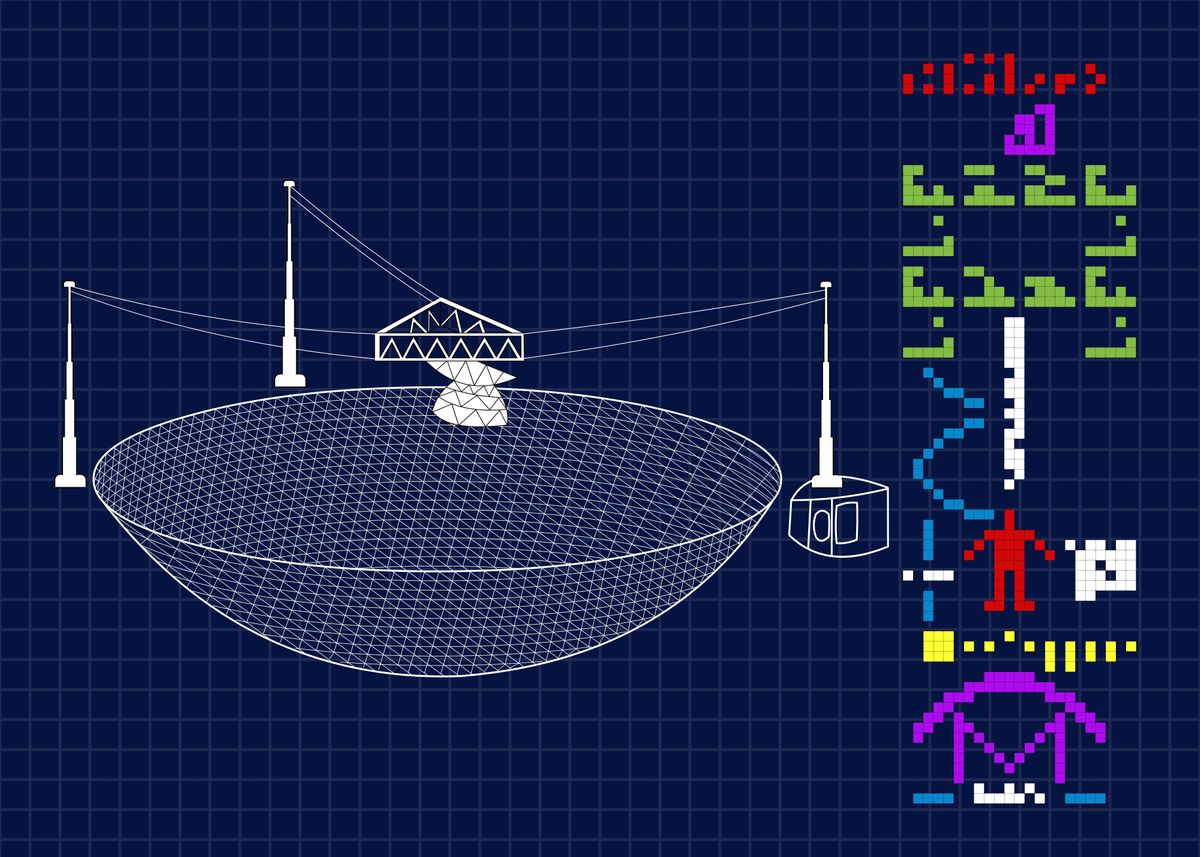
Our radio near other stars
Technically, radio waves can propagate in a vacuum indefinitely. But as the signal moves away from the source, its power decreases. Those transmitters with which the inventors conducted their experiments had extremely low signal intensity. In order to catch them at least on the Moon, a radio telescope was needed.
In addition, the first radio broadcasts did not carry words. It was just a flashing “there is a signal — there is no signal”. The premiere of the transmission of a voice radio signal took place in 1906, the first radio station began broadcasting in the USA in 1920, and the debut television company was launched in 1929.
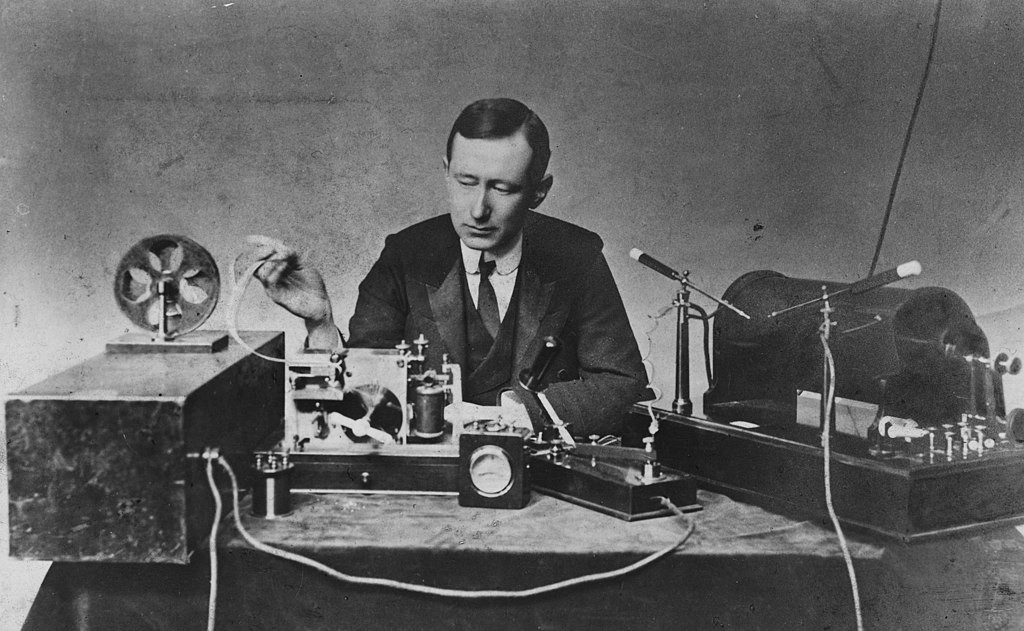
The signal of all these transmitters was strong enough for people to hear messages at a distance of hundreds and thousands of kilometers. But it was not directional, and therefore, at a distance of a hundred light-years, it would hardly be possible to hear it.
Radio transmitters that radiated a signal with a narrow beam appeared in the forties and quickly became more and more powerful. Their call signs could already be heard hundreds of light-years away. However, if anyone tried to listen to them, they wouldn’t have heard anything interesting. Because they were military radars, their signal carried no message and was perceived as noise.
How the idea of communication with space was born
The first signal purposefully sent into space should be considered the radar of the Moon, independently conducted by Hungarian and American scientists in 1946. Then the focused pulse was reflected from our moon and was picked up by an antenna on the Earth. Thanks to this experiment, the researchers learned many facts about the distance to the nearest celestial body and its physical characteristics.
The idea to send a meaningful message appeared in 1959. The scientific community had just accepted the idea that intelligent extraterrestrial life could really exist somewhere, and it could be contacted. This theory was expressed by the Italian physicist Giuseppe Cocconi and the American — Philip Morrison.
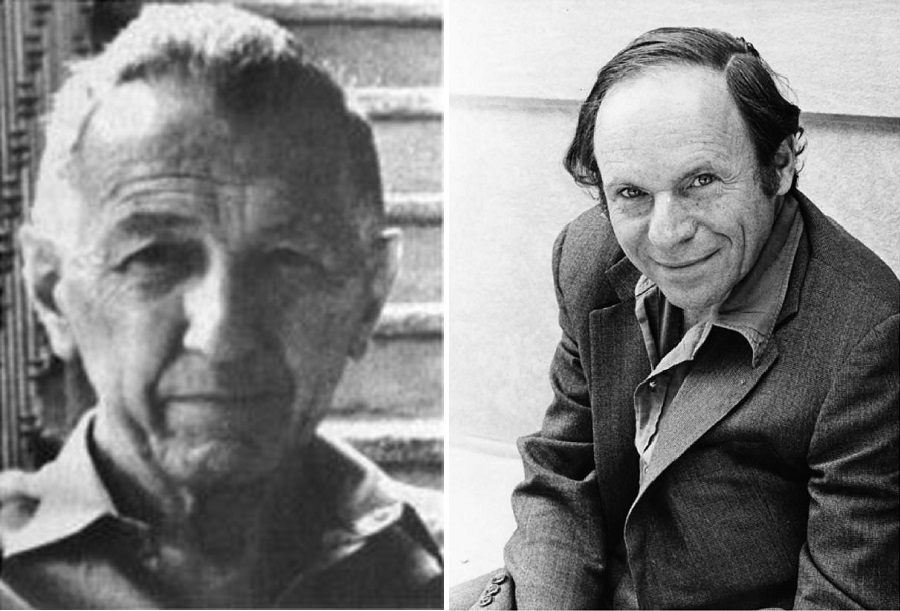
American scientists who took an interest in this idea were faced with a very simple question. How alien life forms will understand what we want to say. Spoken words, signs on paper and just mathematical symbols make sense only to those who know their meaning. It took scientists a decade and a half of discussions to solve this problem.
Soviet message to Venus
But where the question of the understandability of words and ideas did not arise, it was in the USSR. On November 19, 1962, the word “Mir” (which means peace or world in Russian) was sent from the Yevpatoria Center for Deep Space Communications in the direction of Venus in Morse code.
By that time, scientists did not know whether any life could exist under a dense layer of clouds. But Soviet scientists were sure that the inhabitants of the second planet from the Sun would understand not only Morse code, but also the Russian language. Their conviction in this was so high that they decided to introduce the aliens to both the “most advanced in the world” Soviet state and its founder. On November 24, the words “Lenin” and “SSSR” (the Russian abbreviation for the Soviet Union) flew to Venus.
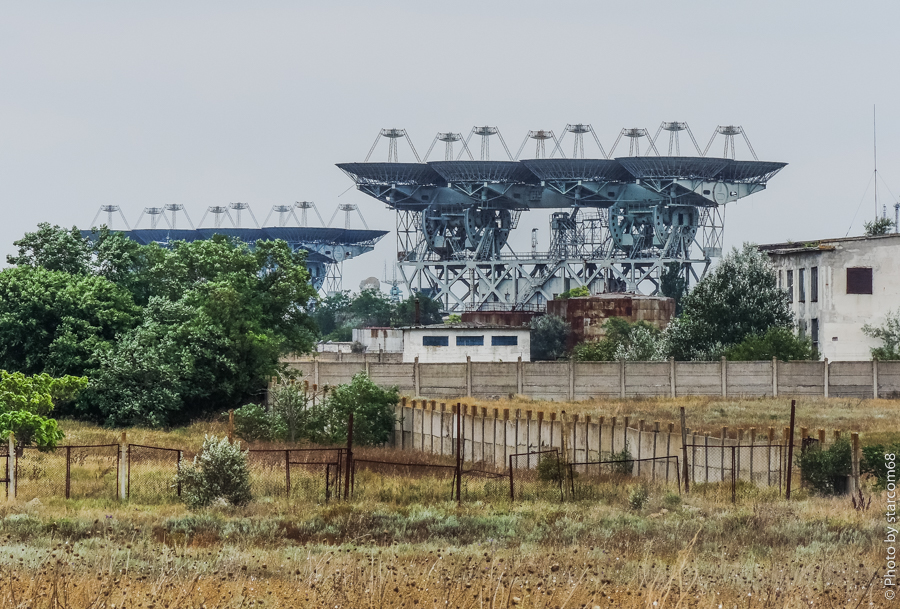
Arecibo Message
By the mid-1970s, Americans had finally decided on the content of the message and the tool for sending it. The giant Arecibo radio telescope on the island of Puerto Rico was ideal for this. The diameter of its plate is 305 meters. At that time, it was the most powerful of the directional transmitters created by man.
The message was sent into space on November 16, 1974. The globular cluster M13 was chosen as the target for it. The signal will reach its destination about in the year 25974. If at this time a representative of intelligent life turns out to be near one of its giant luminaries and responds to the message in the same way, then the signal will be sent to Earth for another 25 thousand years.
Arecibo’s message consisted of 1,679 prime numbers. 1 could be considered a point, 0 — a void. There were only two ways to make a rectangle out of them. And only in one of them the points of 1 formed a meaningful picture. In this picture, numbers from one to ten, information about the atoms of some chemical elements and other information were encrypted. The authors of the message were astronomers Carl Sagan and Francis Drake.
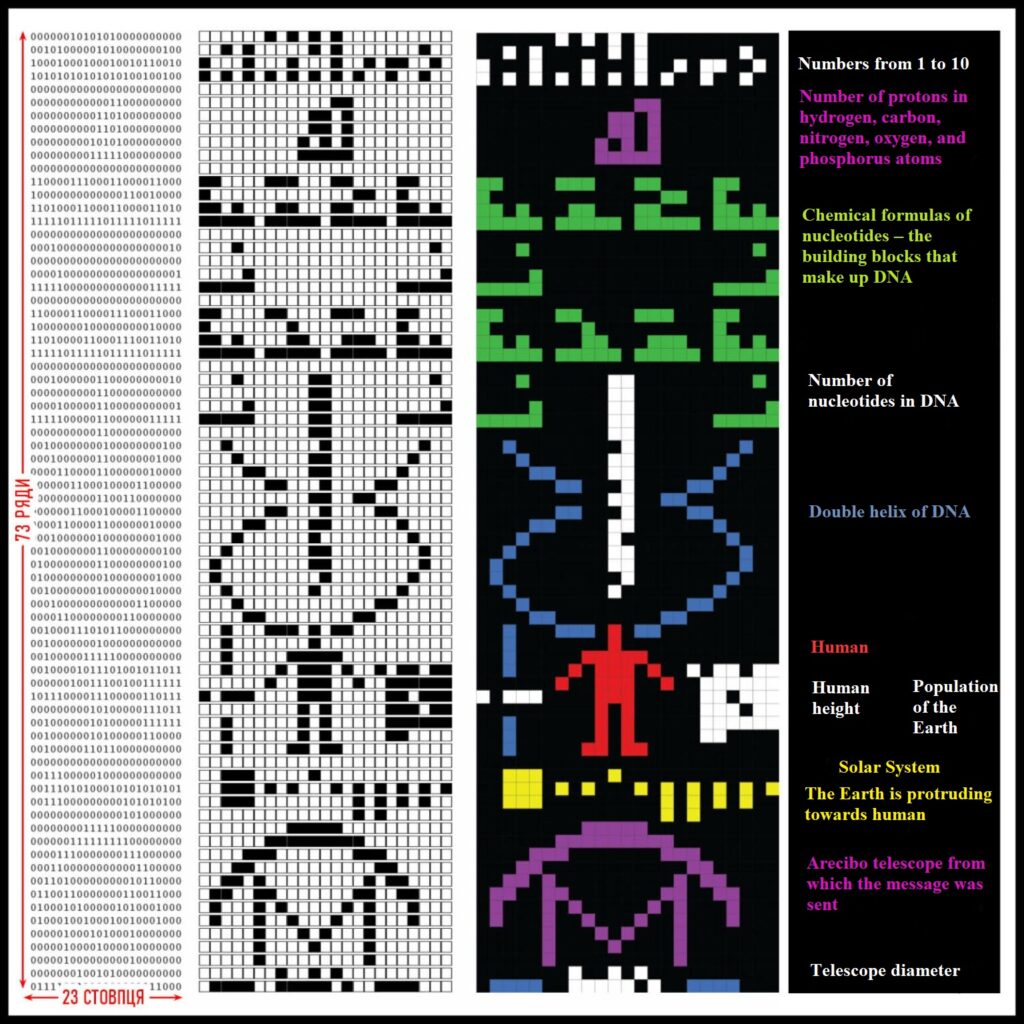
Cosmic call
After the Arecibo message, people cooled down to the topic of messages to aliens for 25 years. In 1999, Yevpatoria became the main location of communication with space again. The international Cosmic Call project involved sending a much longer message to the stars, consisting of 1.7 million binary numbers. The coding principle was the same as that of Sagan and Drake.
The message included a small image of an encyclopedia and messages from earthlings. Anyone who paid USD 15 could get into their list. More than 50 thousand such people gathered, thanks to which it took place. Scientists have chosen four fairly close stars as the destination: 16 Cygni, HD 178428, 15 Sagittae and Gliese 777. The signal will reach the target between 2050 and 2070.
Messages of the XXI century
In 2001, scientists sent a so-called The Teen Age Message into space. It got its name because of the age of the participants. The signal had a complex structure. In addition to digital images, it also contained an analog recording of a theremin concert. They sent messages again from Yevpatoria.
In 2003, the second Cosmic Call took place. In total, during it and the The Teen Age Message, the signal was sent to 11 different stars. If they have intelligent life, then its representatives will receive these messages between 2045 and 2070.
After that, the scientists sent messages several more times. For example, A Message from Earth and Hello From Earth, which were sent in 2008 and 2009. They were interesting because more than half a million earthlings took part in their sending. From this mass, with the help of a contest on the Bebo social network, 501 messages were selected, which were sent into space.
Their target was the star Gliese 581 in the constellation Libra. One of the planets in this system is similar to Earth and is located in a habitable zone. The signal will get it already in 2029. Perhaps there will be someone who likes to listen to the radio.
Follow us on Twitter to get the most interesting space news in time
https://twitter.com/ust_magazine
